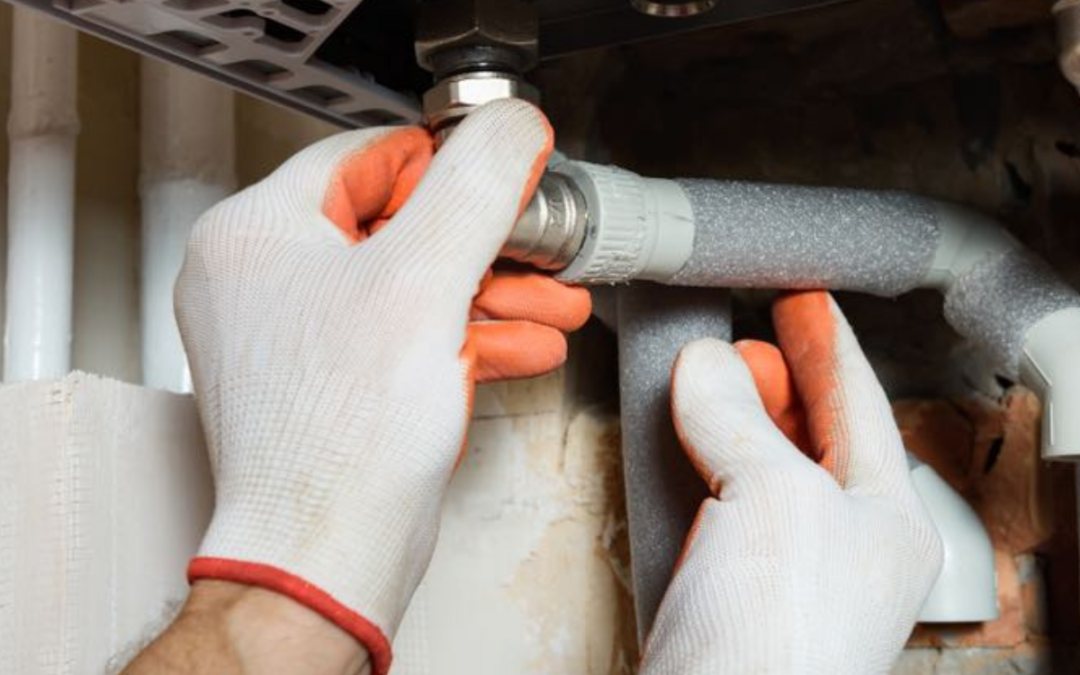As the temperature plummets and snow prepares to fall, facilities across the nation are particularly vulnerable to harsh winter conditions. Failing to winterize properly can lead to costly repairs, operational inefficiencies, and safety hazards. Proactive winterization ensures your facilities remain safe, efficient, and cost-effective during the colder months ahead.
The Challenges of Winter for Facilities
Winterizing your facility isn’t just about preventing damage; it is to get ahead of the challenges that arise each year. The colder it gets, the likelihood of system failures occurring increases, along with safety hazards, operational disruptions, and escalating costs.
System failures happen when HVAC, plumbing, and electrical all have more strain in the winter months. With all systems working hard, breakdowns are more likely, and serious damage can occur when pipes freeze, or the heating system fails. The Federal Energy Regulatory Commission (FERC) reports “81 percent of freeze-related generating unit outages occurred at temperatures above the units’ stated ambient design temperature.”
Winter safety hazards can arise quickly, which is why reducing liability and ensuring employee and visitor safety should be a top priority. Snowfall increases slips and falls around facilities, which can be prevented with the right steps. Insufficient lighting during the shorter days can compound safety risks.
Extreme weather conditions are one of the top operational disruptions that cause major delays and facility shutdowns. Each elemental incident creates peak demand for sourcing emergency repair services. Facilities that fail to prepare will find difficulty booking same-day services, stopping all work until everything is working properly again. The FERC recommends that “owners and operators of these facilities need to undertake specific freeze protection efforts, which typically involve a combination of heat tracing, insulation, wind breaks, temporary heating and other weather protection measures in order to be reliable during the cold weather conditions.”
The escalating cost of failure to winterize could impact your bottom line by unknown, continuous costs. In fact, emergency repairs and reactive maintenance costs more than proactive care. Besides the damage that could be done to the facilities themselves, inefficient heating and poor insulation will lead to energy bills rising.
Key Areas for Proactive Winterization
HVAC Systems and Energy Efficiency
- Pre-winter HVAC Maintenance
- Air Filter Replacement
- Insulation Upgrades
Plumbing and Water Systems
- Pipe insulation and safeguarding
- Drain outdoor faucets
- Water pressure monitoring
Exterior Maintenance and Weatherproofing
- Repair roof leaks and clean gutters
- Install new door and window weatherstripping
Safety Enhancements
- Inspect & repair walkways and parking lots
- Ensure ice and snow removal are in place for winter
- Check outdoor lighting for better visibility on shorter days
Long-term Winterization Benefits
Facilities that invest in proactive winterization see the cost benefits trickle down through reduced emergency repairs and lower energy bills. Not only can winterization keep facilities running while others’ operations are frozen, but everyone can access the property without fear of being snowed in.
By planning timely for snow removal and de-icing, walkways and parking lots can stay safe and incident-free. Proactively addressing winter challenges ensures that your operations remain smooth, your employees and visitors stay safe, and your facilities avoid costly downtimes. Stay ahead of freezing pipes & costly repairs with our FREE Winter Prep Checklist. Download now: https://bit.ly/40XCfPp
Don’t wait for the first snowstorm to start winterizing – contact Powerhouse to schedule your winter maintenance plan and ensure your facility is prepared for the season ahead.

